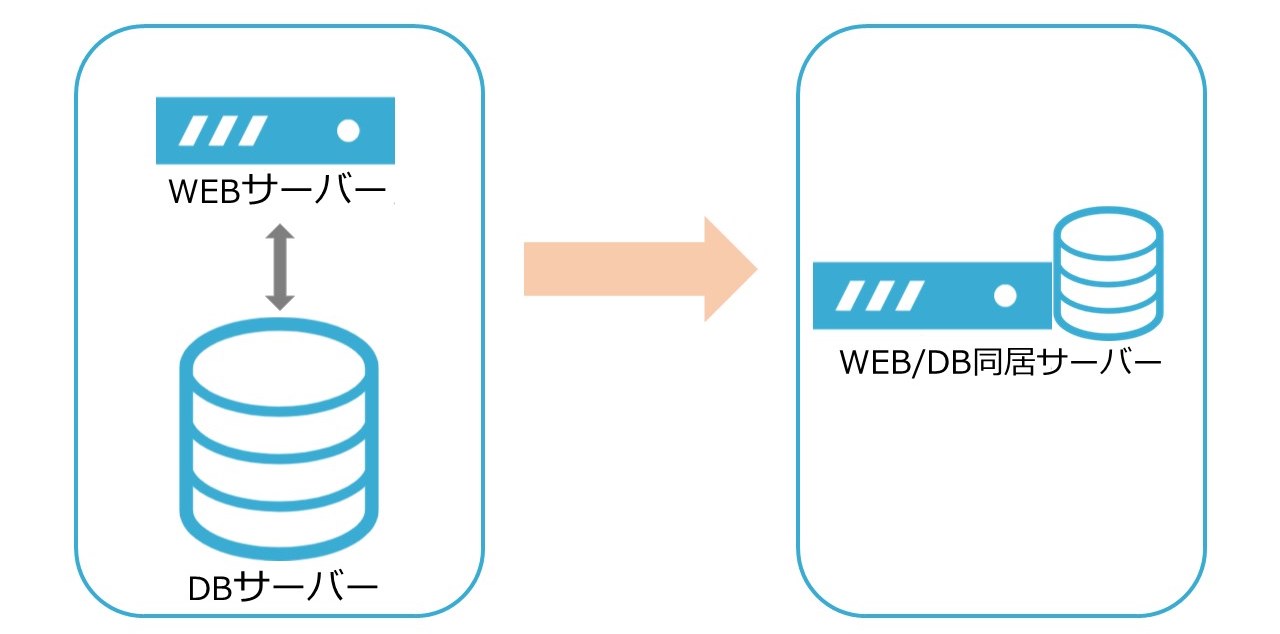5 ways to reduce server running costs

table of contents
This is Nakagawa from the technical sales department.
This time, I will introduce some ways I can think of when it comes to reducing running costs on servers.
I hope you will read this blog and help you reduce costs as much as possible.
Beyond has also started offering a new service called "Cloud Cost Review Honpo."
If you would like to ask us about cloud cost reduction, we would appreciate your inquiry here.

1. Review of server specifications (CPU, memory)
We regularly check the CPU and memory load status, and if the specifications are excessive, we reduce costs by lowering the specifications of the server machine.
This is a cost reduction method using a cloud server that allows you to flexibly change the machine size.

■Notes
- If you do not change the size based on the resource status every few months, there is a risk that the server will not be able to withstand high loads.
- In most clouds, changing server specs requires restarting the server.
2.Review the disc
You can reduce costs by moving log data, backup data, large video files, image files, etc. that are not used regularly but need to be stored for a long period of time to a storage service.

As an example, if you move from disk to cloud storage on AWS, GCP, or Azure, you can achieve the following reductions.
■AWS (approx. 74% OFF)
EBS (standard SSD) ⇒ S3 (standard)
■GCP (approx. 56% OFF)
standard disk ⇒ Cloud Storage
■Azure (approx. 74% OFF)
Managed Disks (Standard SSD) ⇒ Blob Storage (Standard storage)
If you use disks in TB (terabyte) units, the charges will be reasonable, so you
may want to reconsider how you use disks.
■Notes
Most storage services cannot execute dynamic content, so static files such as video files and image files are targeted.
3.Review of server configuration
We reduce costs by consolidating servers with separate functions such as WEB servers and DB servers into one server.

■Notes
Since the WEB and DB functions are executed on one machine, the load on the server will increase.
Also, since the server configuration will change, it may be necessary to rebuild the server or modify some programs.
4. Migration from on-premises to cloud
By migrating from on-premises to the cloud,
maintenance of physical equipment such as CPU, memory, disk replacement, etc. is no longer required, and costs associated with server management can be reduced.

The cloud uses a pay-as-you-go model where you pay only for what you use, which makes it possible to reduce unnecessary costs.
■Notes:
Depending on the current usage status, it may not necessarily be cheaper, so you need to compare it with the current server usage status and calculate whether it is possible to reduce costs.
5. Review of contract plan
Each cloud has various contract plans.
You can reduce costs by paying in advance and signing up for a plan that is cheaper than usual.

For example, AWS, GCP, and Azure have the following contract plans.
■AWS (up to 72% OFF)
Reserved Instances
■GCP (up to 70% OFF)
Committed Use Discount
■Azure (up to 72% OFF)
Reservations
■Notes:
The contract plan mentioned earlier is a service that allows you to use the server cheaply by paying in advance, so if you don't expect to use it for a long time, you may end up incurring unnecessary fees.
summary
In order to reduce server running costs, things necessary for stable operation such as redundancy and availability may decrease, so we do not recommend implementing everything just because it will be cheaper.
However, if you can reduce server costs, that amount will directly benefit your company, so
I think it's best to understand the advantages and disadvantages before making appropriate cost reductions.

 1
1







